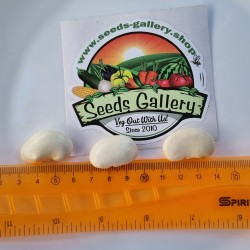
Variety from Japan
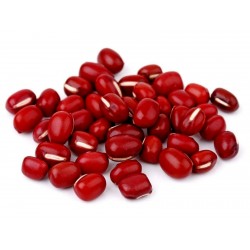
Семена Адзуки, фасоль...
Цена
1,75 €
SKU: VE 73 (4g)
Seeds Gallery Com,
5/
5
<h2><strong>Семена Адзуки, фасоль угловатая (Vigna angularis)</strong></h2>
<h2><span style="color: #ff0000;" class=""><strong>Цена за пакет из 20 (4g) семян.</strong></span></h2>
<p><b>Вигна угловатая</b><span> </span>(лат. <span lang="la">Vigna angularis</span>), или<span> </span><b>фасоль угловатая</b>, или<span> </span><b>адзуки</b><span> </span><span>(яп. <span lang="ja">小豆</span>)</span> —<span> </span>вид<span> </span>однолетних травянистых<span> </span>растений<span> </span>рода<span> </span>Вигна<span> </span>(<i><span lang="la">Vigna</span></i>) семейства<span> </span>Бобовые<span> </span>(<i><span lang="la">Fabaceae</span></i>), распространённый по всей<span> </span>Юго-Восточной Азии<span> </span>и в<span> </span>Гималаях. Имеет мелкие<span> </span>бобы<span> </span>размером около 5 мм. Наиболее известна красная разновидность, однако бобы бывают чёрными, белыми, серыми и различных пёстрых оттенков. Угловатая вигна была одомашнена в Гималаях. На<span> </span>Корейском полуострове<span> </span>и севере<span> </span>Китая<span> </span>адзуки выращивали уже в 1000 году до н. э.<sup id="cite_ref-2" class="reference"></sup><span> </span>Позже вигна попала в Японию, где сегодня является вторым по популярности<span> </span>бобом<span> </span>после<span> </span>сои<sup id="cite_ref-3" class="reference"></sup>.</p>
<h2><span class="mw-headline" id="Названия">Названия</span></h2>
<p>Название «адзуки» — это<span> </span>транслитерация<span> </span>японского названия фасоли. Слово адзуки<span> </span><span>(яп. <span lang="ja">アズキ</span>)</span><span> </span>может записываться как<span> </span>каной, так и<span> </span>китайскими<span> </span>иероглифами 小豆 «малые бобы», по аналогии с соей<span> </span><span>(яп. <span lang="ja">大豆</span> <i>дайдзу</i>, большие бобы)</span>. Слово 小豆 является<span> </span>дзюкудзикун.</p>
<p>В Китае адзуки зовётся<span> </span>кит.<span> </span>упр.<span> </span><span lang="zh">小豆</span>,<span> </span>пиньинь<span> </span><i>xiǎodòu</i>,<span> </span>палл.<span> </span><i>сяодоу</i>,<span> </span>кит.<span> </span>упр.<span> </span><span lang="zh">紅豆</span>,<span> </span>пиньинь<span> </span><i>hóngdòu</i>,<span> </span>палл.<span> </span><i>хундоу</i><span> </span>и<span> </span>кит.<span> </span>упр.<span> </span><span lang="zh">赤豆</span>,<span> </span>пиньинь<span> </span><i>chìdòu</i>,<span> </span>палл.<span> </span><i>чидоу</i>. Два последних слова означают<span> </span>красные<span> </span>бобы: почти все культивируемые в Китае разновидности имеют красный цвет.</p>
<p>Корейское название адзуки —<span> </span><i>пхат</i><span> </span>(кор.<span> </span><span lang="ko">팥</span>), вьетнамское —<span> </span><i>đậu đỏ</i><span> </span>(буквально — «красные бобы»). В<span> </span>маратхи<span> </span>эта фасоль известна как<span> </span><i>лал чавали</i><span> </span>(लाल चवळी) — «красные бобы». В<span> </span>Гуджарате<span> </span>адзуки называют «чори»<sup id="cite_ref-4" class="reference"></sup>.</p>
<p>В<span> </span>азиатской кухне<span> </span>адзуки часто едят на сладкое. В частности, её вываривают с<span> </span>сахаром, получая<span> </span>анко<span> </span><span>(яп. <span lang="ja">餡子</span>)</span>, пасту, популярную во всех азиатских странах. Анко готовят и с добавками, например,<span> </span>каштаном.</p>
<p>С анко готовят многие блюда<span> </span>китайской кухни, например,<span> </span>танъюань,<span> </span>цзунцзы,<span> </span>юэбин,<span> </span>баоцзы<span> </span>и<span> </span>хундоубин.</p>
<p>В<span> </span>японской кухне<span> </span>анко — обычная начинка сладостей:<span> </span>ан-пан,<span> </span>дораяки,<span> </span>имагаваяки,<span> </span>мандзю,<span> </span>монака,<span> </span>аммицу,<span> </span>тайяки<span> </span>и<span> </span>дайфуку<span> </span>готовятся с анко. Суп из уваренных с сахаром и щепоткой соли до густоты сиропа адзуки называется<span> </span>сируко. Адзуки едят пророщенными. Популярен напиток с варёными адзуки. Рис с анко называется<span> </span>сэкихан<span> </span><span>(яп. <span lang="ja">赤飯</span>)</span><span> </span>и готовится на праздники. Из адзуки готовят<span> </span>аманатто, популярную добавку в<span> </span>мороженое.</p>
<p>20 октября 2009<span> </span>Pepsi<span> </span>выпустила на японский рынок напиток с адзуки<sup id="cite_ref-5" class="reference">[5]</sup>.</p>
<p>Адзуки с<span> </span>маслом<span> </span>и сахаром — популярное блюдо<span> </span>сомалийской кухни<span> </span><i>камбууло</i>.</p>
<script src="//cdn.public.n1ed.com/G3OMDFLT/widgets.js"></script>
VE 73 (4g)





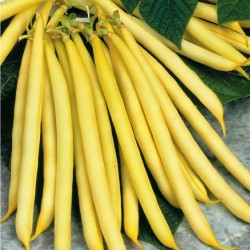

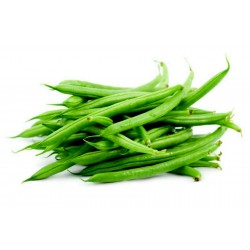

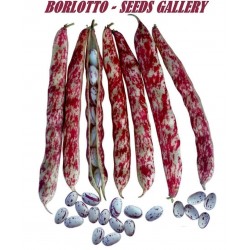
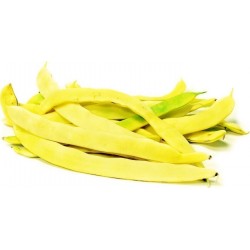
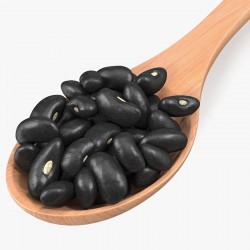
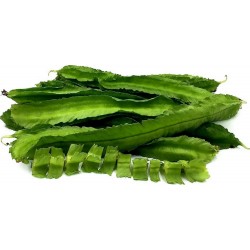
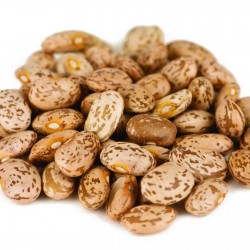
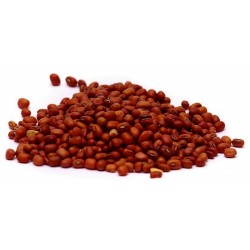


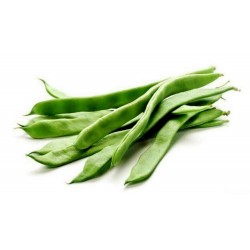

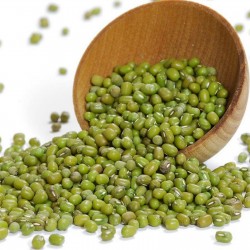
.png)

